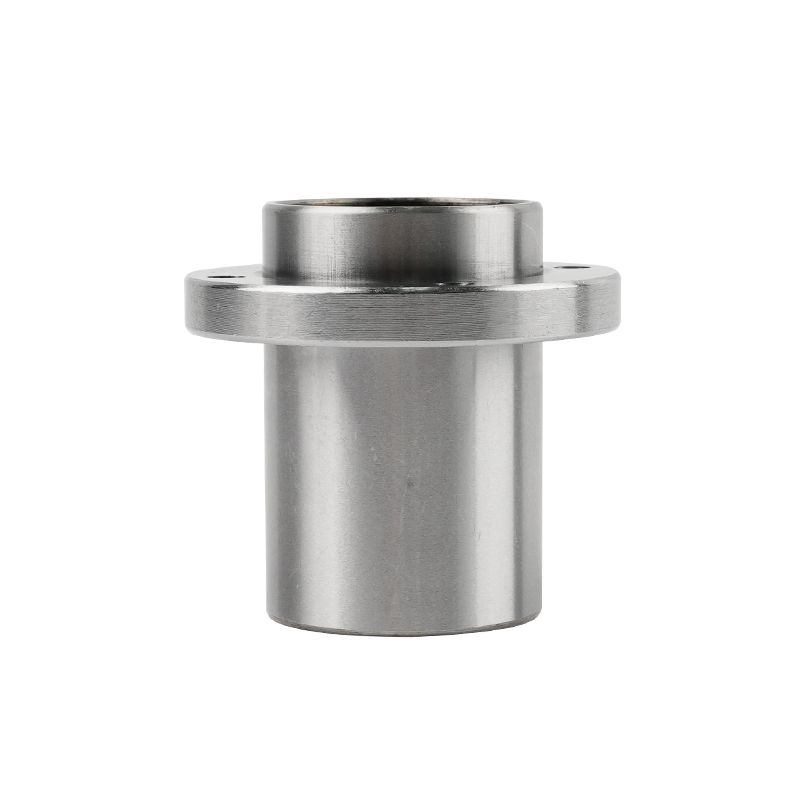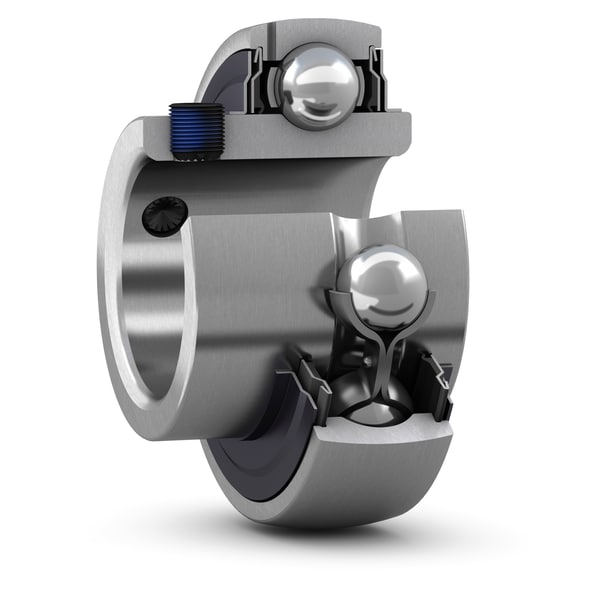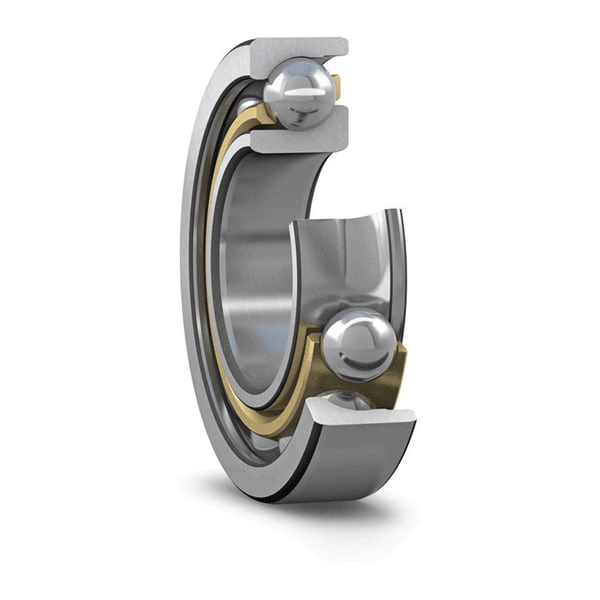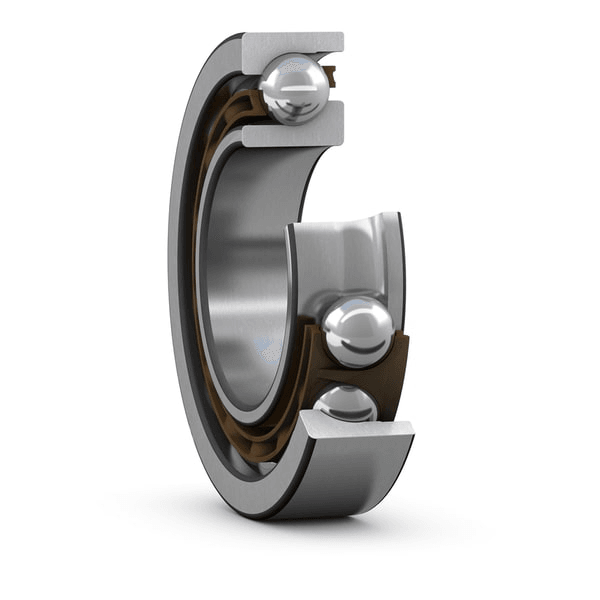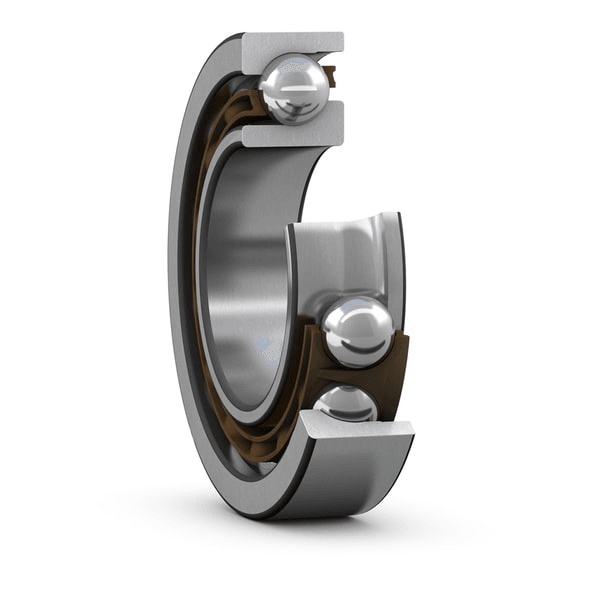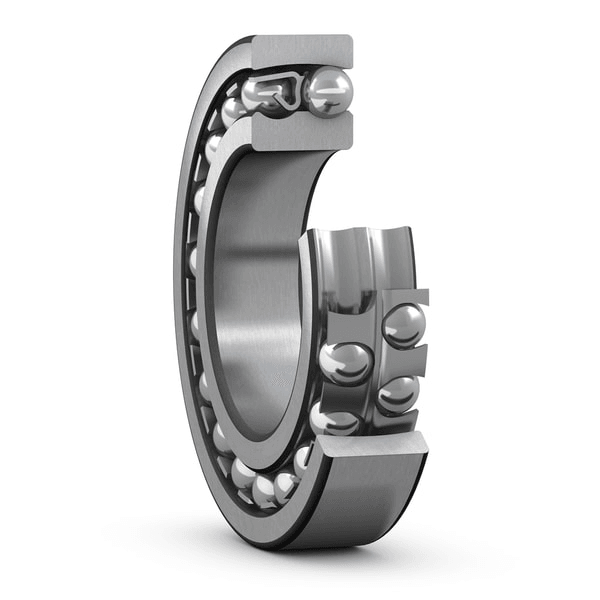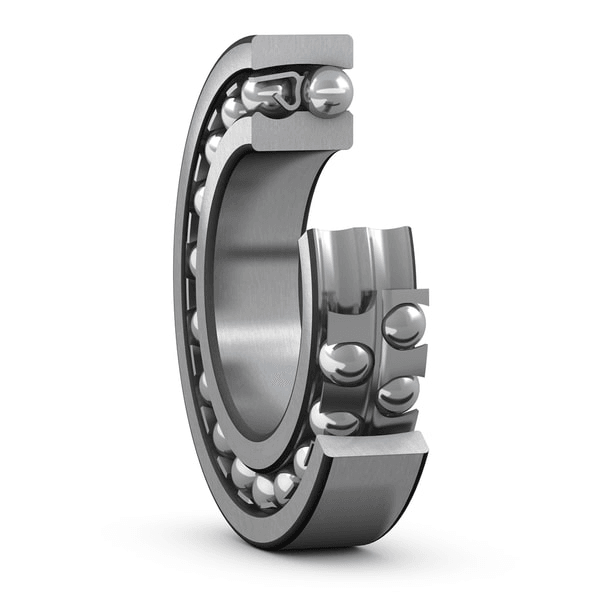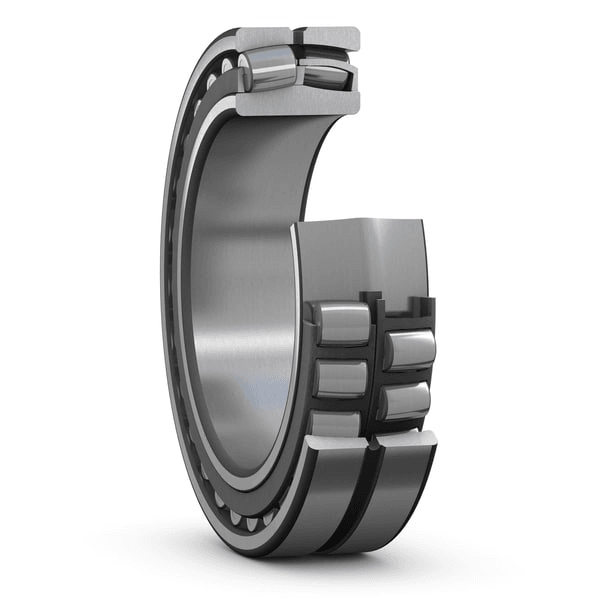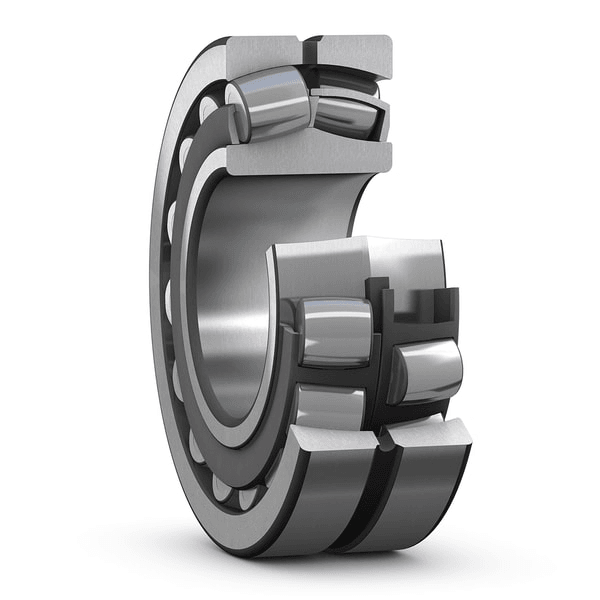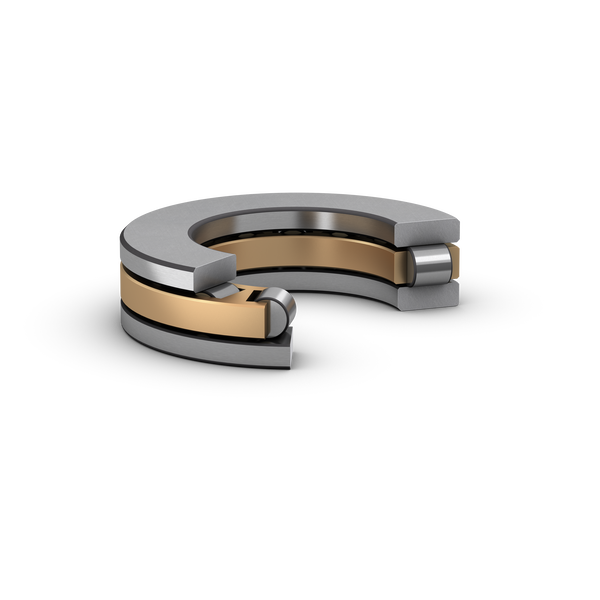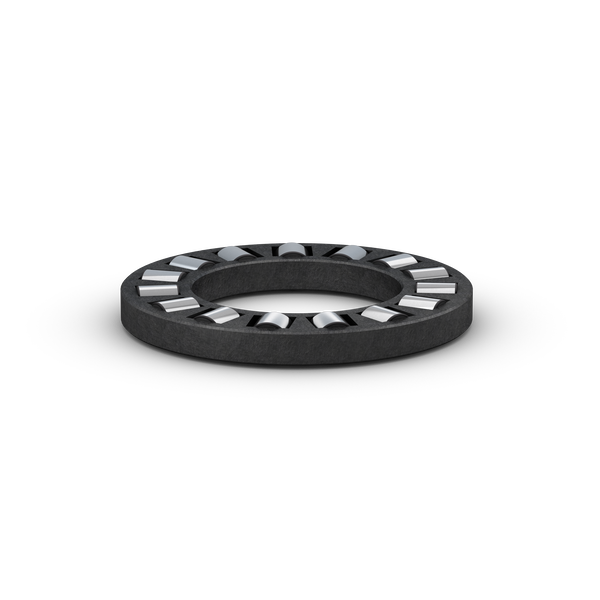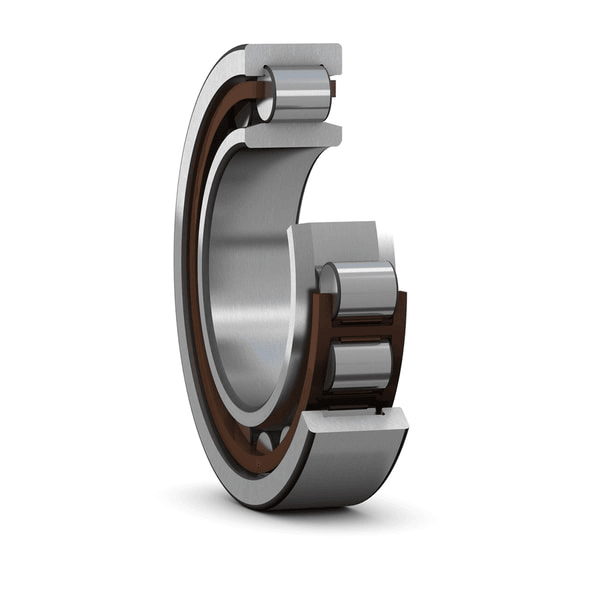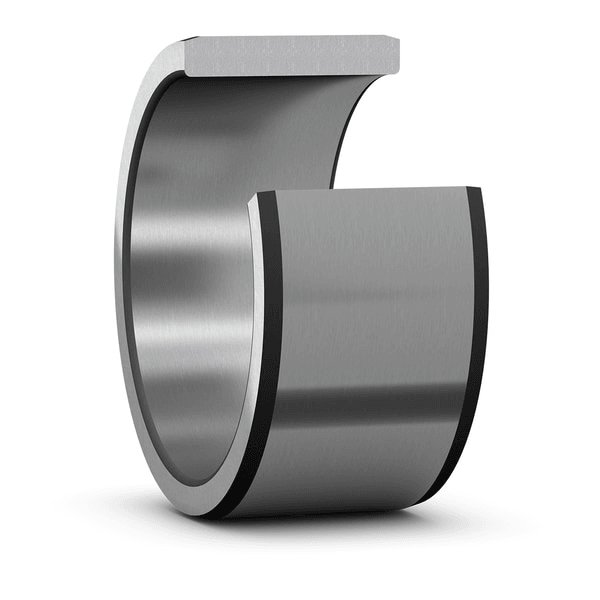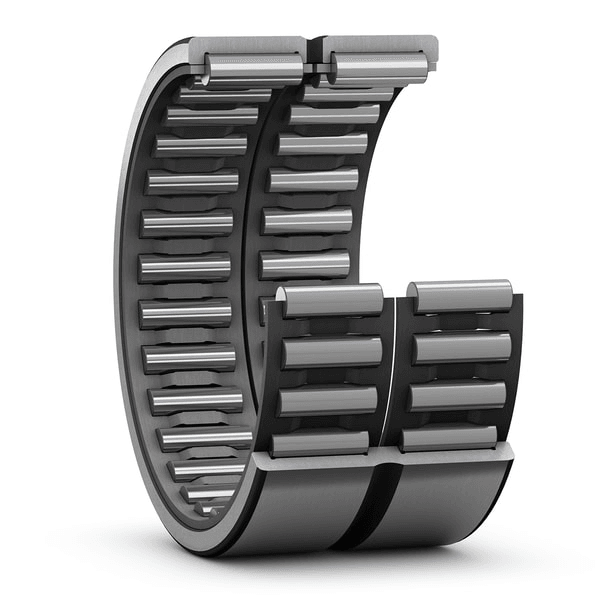Description
Linear bearings are a type of linear motion system used in conjunction with cylindrical shafts for linear travel. The following will introduce their classification, characteristics, working principles, application scenarios, and other dimensions:
classification
Divided by structural type: there are standard types suitable for conventional working conditions; Gap adjustment type, the shell has an opening to fine tune the internal gap, used in situations where high assembly accuracy is required; Open type, with cut seams on the outer shell, suitable for applications with high external diameter tolerance or clearance requirements; Extended type, bearing length is extended to improve guiding stability; Universal type, with multiple performances and strong adaptability.
Divided by flange structure: including circular flange type, flange type, elliptical flange type, guide type, extended flange type, etc. Flange bearings are equipped with bolt holes on the installation surface for easy fixation.
According to usage standards, there are mainly LM series, mainly based on metric system, commonly used in Asian countries such as China, Japan, and South Korea; LME series, mainly based on imperial or partial metric system, is commonly used in European and American countries, with differences in aperture tolerance and shaft fit.
Divided by external structure: there are straight tube types, often fixed by snap springs, suitable for small installation occasions; Flange type, with a flange plate at the installation end, fixed with screws, suitable for quick assembly; Open type, with longitudinal seams on the shell, adjustable assembly clearance, and strong adaptability.
Classified by performance level: can be divided into ordinary types, suitable for general mechanical environments, with high cost-effectiveness; Super type, used in workplaces that require high load or long lifespan, with stronger performance.
characteristic
Low frictional resistance: The bearing ball of the metal linear bearing comes into contact with the outer sleeve of the bearing, and the steel ball rolls with minimal frictional resistance; Plastic linear bearings have sliding friction and are in surface contact with cylindrical shafts, but their motion resistance is relatively higher than that of metal linear bearings.
High precision: The contact between the load ball and the quenched transmission shaft can achieve smooth linear motion with high sensitivity and precision.
Easy installation: There are multiple fixing methods, such as straight tube type often fixed with snap springs, and flange type fixed with screws, making it easy to integrate with various equipment.
Wide applicability: Different materials, structures, or sealing methods can be selected according to the usage environment. Plastic linear bearings are allowed to be used in dusty environments, can be cleaned during use, and can even be used for long-term operation in liquids.
Low cost: The structure is relatively simple, the manufacturing cost is low, and it is suitable for large-scale applications.


